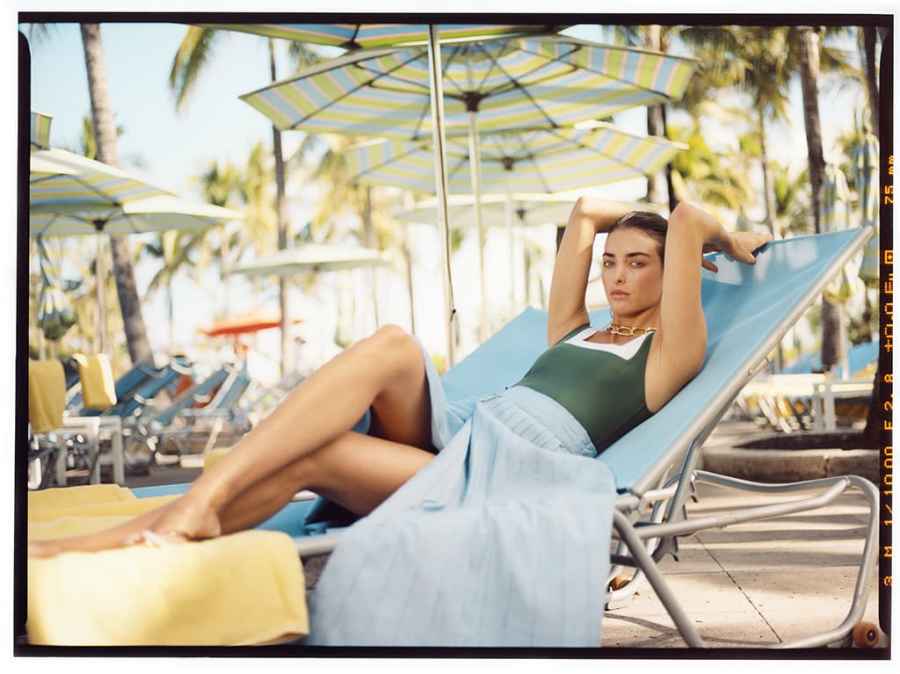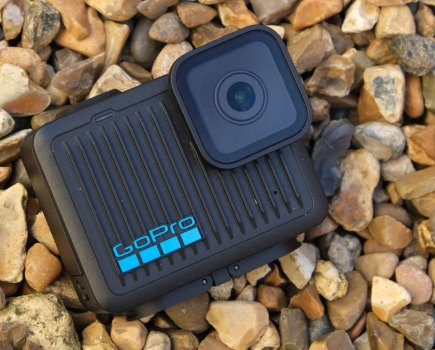Fashion photographer Simon Lipman has stepped away from digital photography to focus on mastering film, he tells Damien Demolder more
When your photography is supposed to cover your mortgage, rather than just occupy your spare time, there’s a certain amount of pressure to do the things that make money. This often involves taking on things you’d rather not, or which you wouldn’t choose to, just to meet the bills. It is all very well armchair philosophers on the internet proclaiming we can all be whoever we want to be and we should follow our dreams, but that doesn’t always stop the gas being cut off at the end of the month.
As a general rule (and it’s only a general rule) the things we enjoy most don’t earn as much money as the things we’d rather swerve, and thus artists sometimes feel the need to compromise their values in order to bring in enough cash to survive.
Simon Lipman enjoys shooting on film. In fact, it isn’t just that he enjoys it, but he feels he makes much better pictures on film than he does using digital cameras. In the past he would shoot the majority of his editorial work on film, but when it came to commercial projects that paid proper money – real jobs – he’d shoot them with digital cameras.
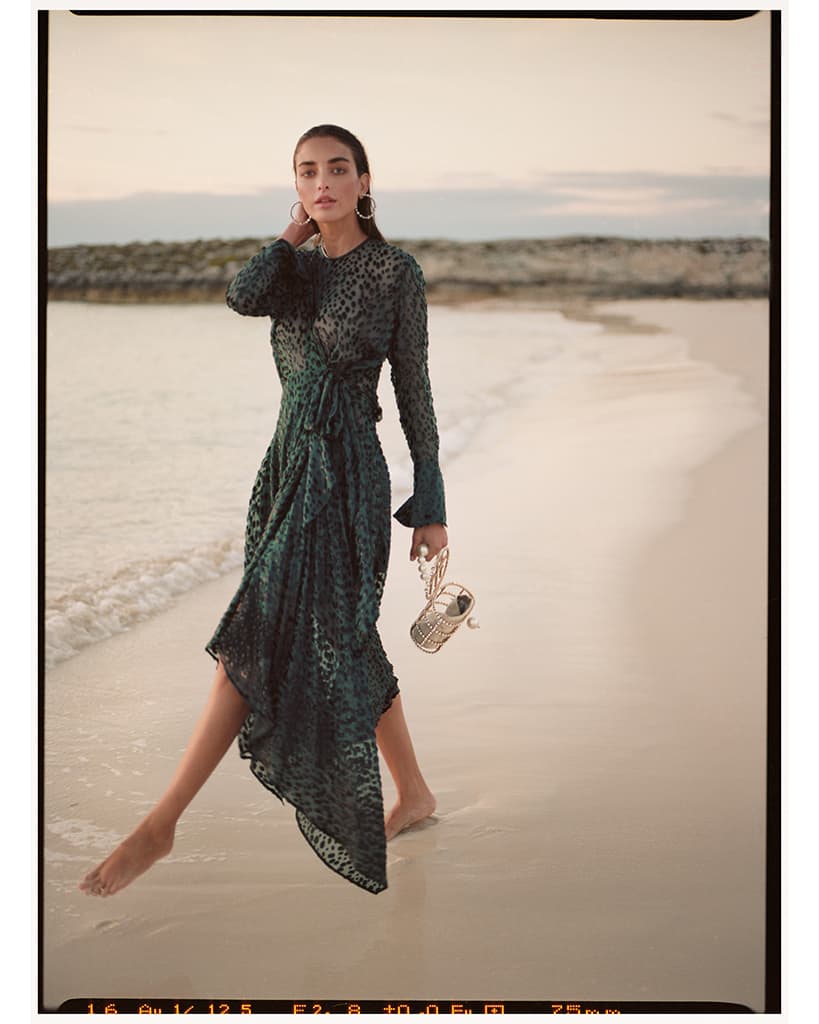
Shot for Harvey Nichols in Nassau. Kodak Portra 400 on the Pentax 67II
He didn’t think the pictures looked as good as the ones he shot on film, but it was what clients expected and they seemed very happy with what he had produced. He wasn’t happy though, so he decided to step away from digital photography altogether and only accept commercial work that could be shot on film.
He must be mad, surely? Putting his artistic sentiments above making a living and logical commercial sense would surely lose him all his clients. You might well think so, and so did he, but the outcome has been a little different and very satisfying.
‘I was worried that going down this path would alienate me from my core clients, but my agents said the opposite would happen. They told me commercial clients want to see editorial and personal work, they don’t want to see your commercial work.
They are interested in if you can take good pictures that represent you, and the commissions follow. ‘The pandemic has lent itself to this monumental shift into film. I’ve had the time to work at my processes, and really look at what I was doing – and my clients have been doing the same. Things are different now. The lockdown has changed everything.’
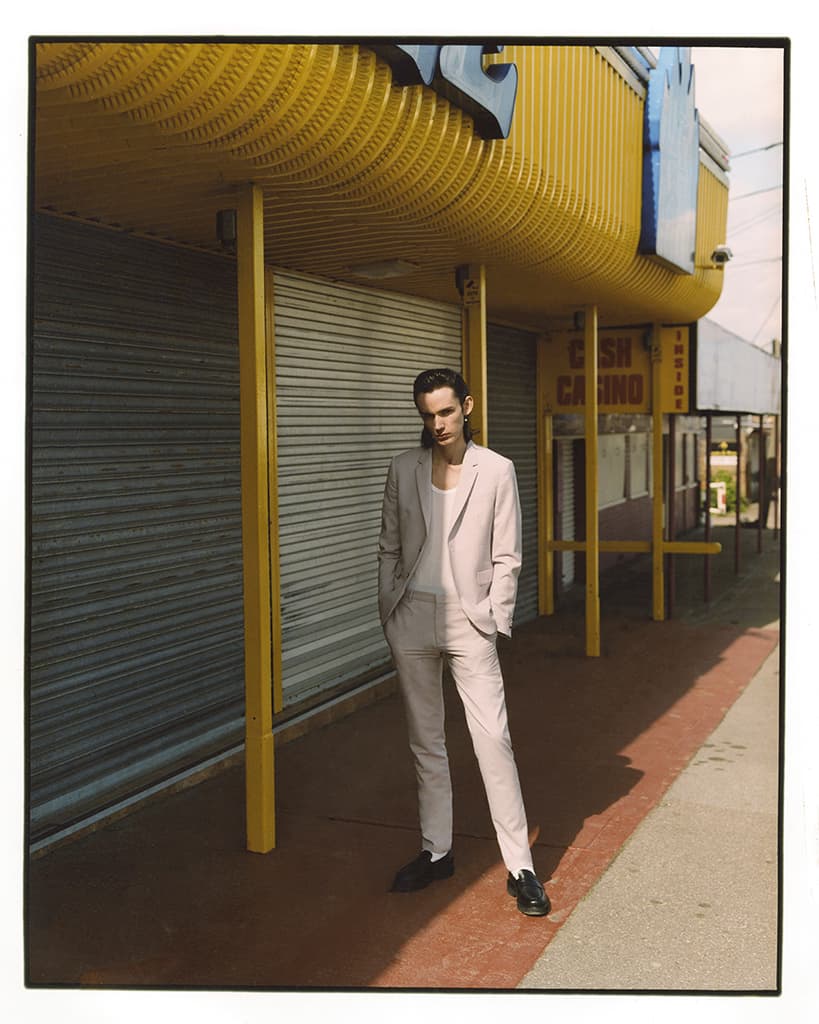
Harry Westcott wearing Paul Smith and Grenson shoes, Kodak Portra 400
Turning away from pixels
‘I was shooting all my editorial work on film, but I had two commercial jobs in the last month where the client has specified they want it on film. I think clients want to be current and film is very much on-trend at the moment, as is going back to analogue ways generally and stepping away from heavy digital manipulation.
There’s a new wave of film photographers and film photography, and a degree of regression from shooting digitally for professional work. It’s quite amazing to see such a resurgence of film. If you’d asked me a couple of years ago I would probably have said it was a fad and that the industry would quickly revert to the way things had been before. But film use is growing and it seems it is here for the foreseeable future.
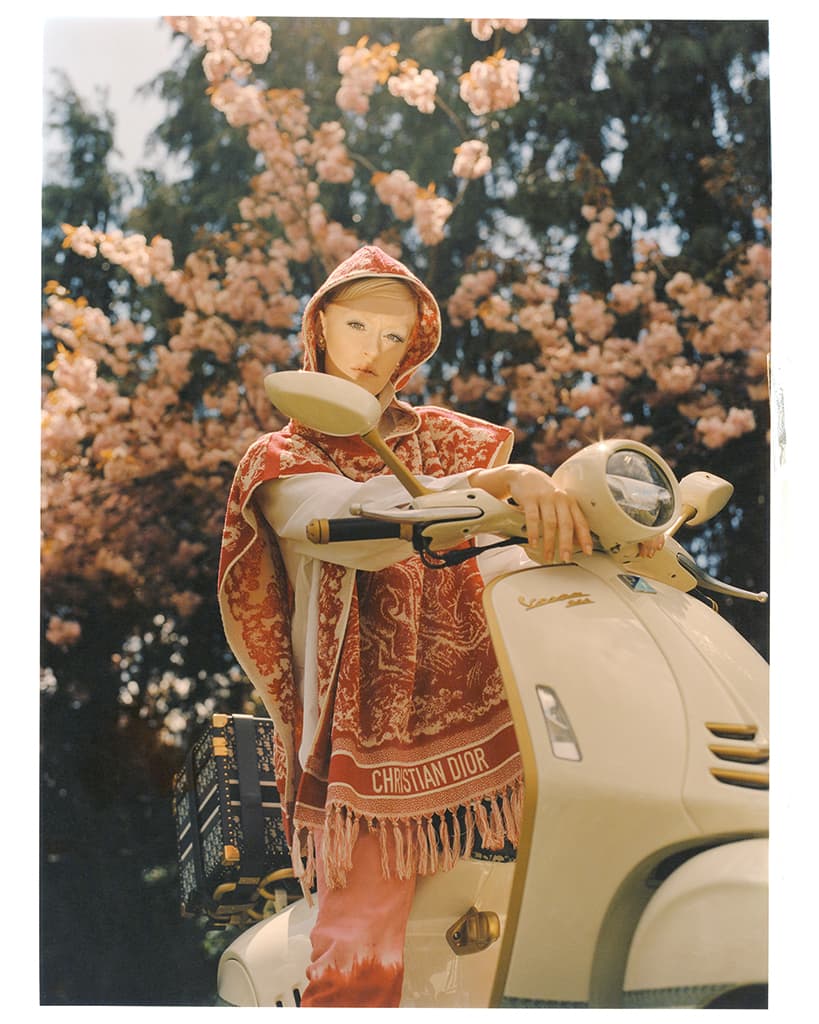
Dior, for Wonderland, Summer Issue, Kodak Portra 400
‘This new surge is reflected in my own work and the jobs I’m getting, but also in the growth of film labs. The lab I use, Rapid Eye, can’t expand fast enough. They’ve gone from one floor of a building in Leonard Street in east London to taking over the whole building, and now adding space in another building to have a café and new entrance. They have brought together this huge community, and they aren’t the only ones.
‘Shooting on film is a way for photographers to stand out from the crowd, and a reaction to the boredom that years of digital-manipulation and over-processing has brought with it. It repulses me when I see pages and pages of over-done images on Instagram. I can’t help it, but digital photography bores the crap out of me now.
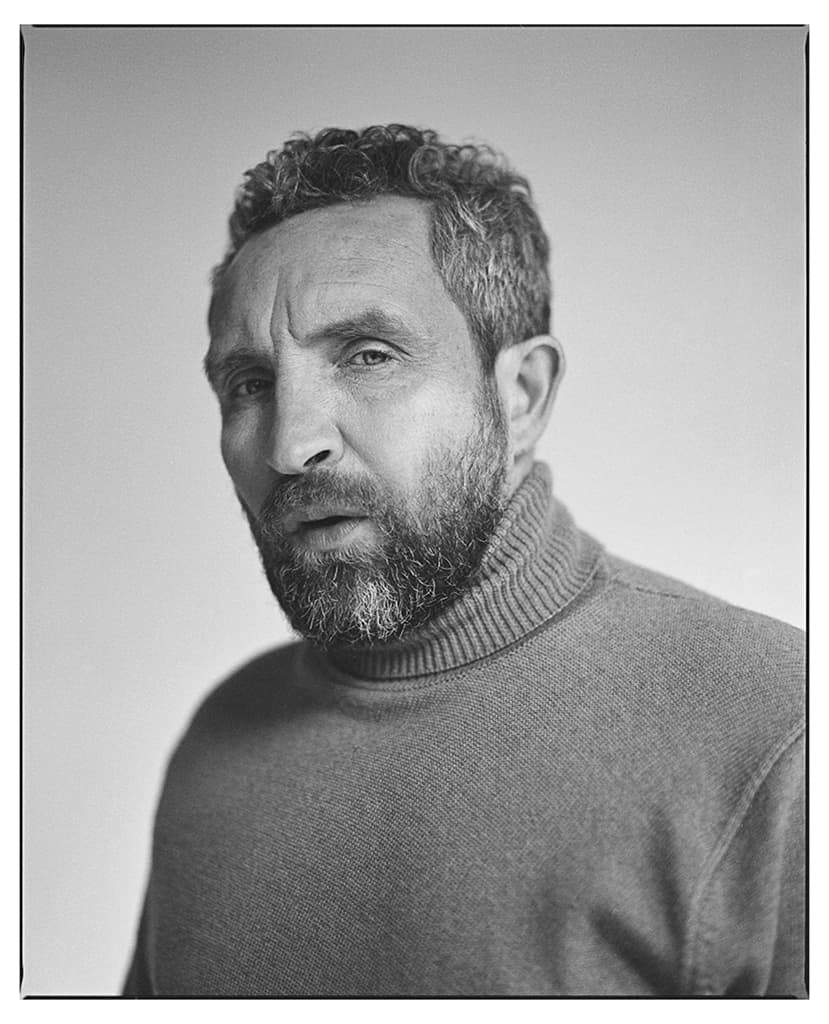
Eddie Marsan for Schön! magazine. Shot with the Mamiya RZ67
Clients of course want what is considered the coolest thing – which happens to be film. There’s an acceptance that shooting film is hard to get right, but that you get a unique look for the effort. When you stamp your own style on that your personal look becomes more obvious. For the past year I’ve only been promoting the work I’ve done on film and my agent has really supported that idea.
I don’t want to be a jack-of-all-trades any more – I want to master film photography. ‘When I look at other photographers’ work I’m always drawn to the images that have been shot on film, and feel that I can tell straight away. My eye is attuned to it. Shooting on film isn’t the be-all and end-all though, of course, and I see plenty of work shot digitally that I admire.’
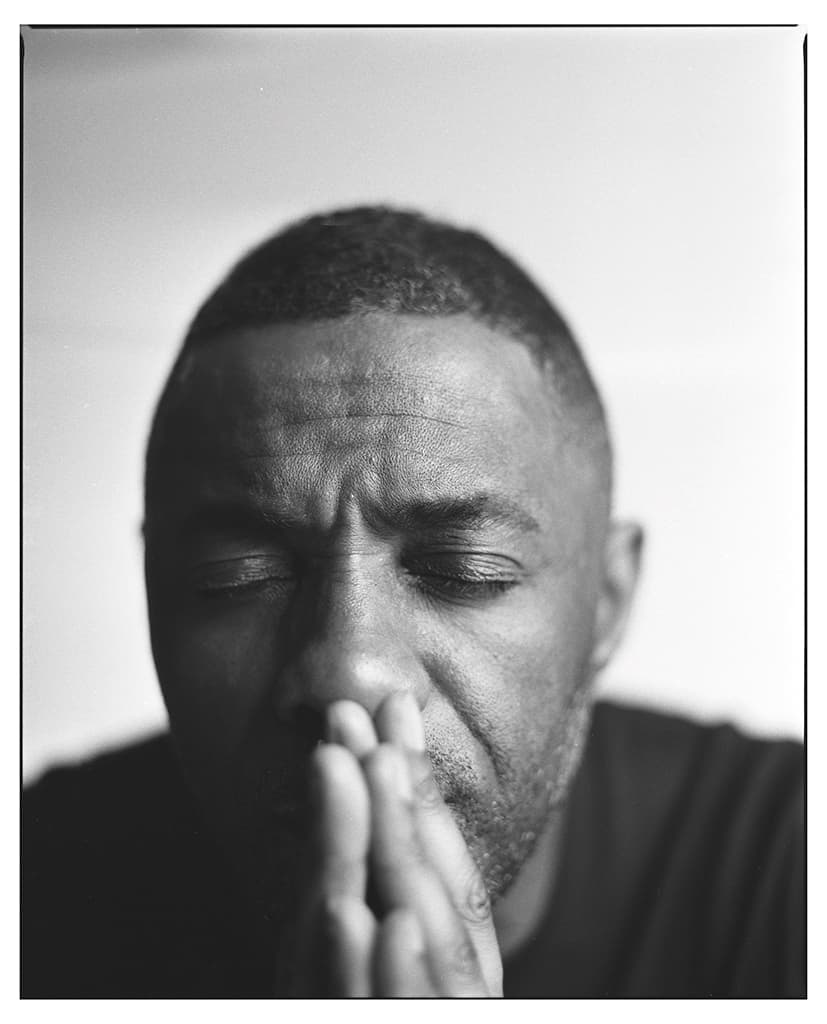
Idris Elba shot on Ilford HP5 film with the Mamiya RZ67
A need for change
‘I did a job a while ago for a magazine on location in Venice. The trip was amazing and we were put up in a lovely hotel, and everywhere I pointed the camera there was a picture. I’d just got the Canon EOS-1DX Mark II and machine-gunned every opportunity. I ended up with over 1,000 frames for every picture we needed.
I had to go through more than 30,000 pictures to edit that story. It seemed ridiculous and obscene, and I decided that I was going to shoot the next job on film. I managed to find a pair of Pentax 67II bodies, and started to limit myself to three rolls per shot. I found that I could tell when I’d got “the shot” – which is something I couldn’t tell with the digital camera. I still carry my digital camera for insurance, but those shots end up on a hard drive somewhere and don’t get used.
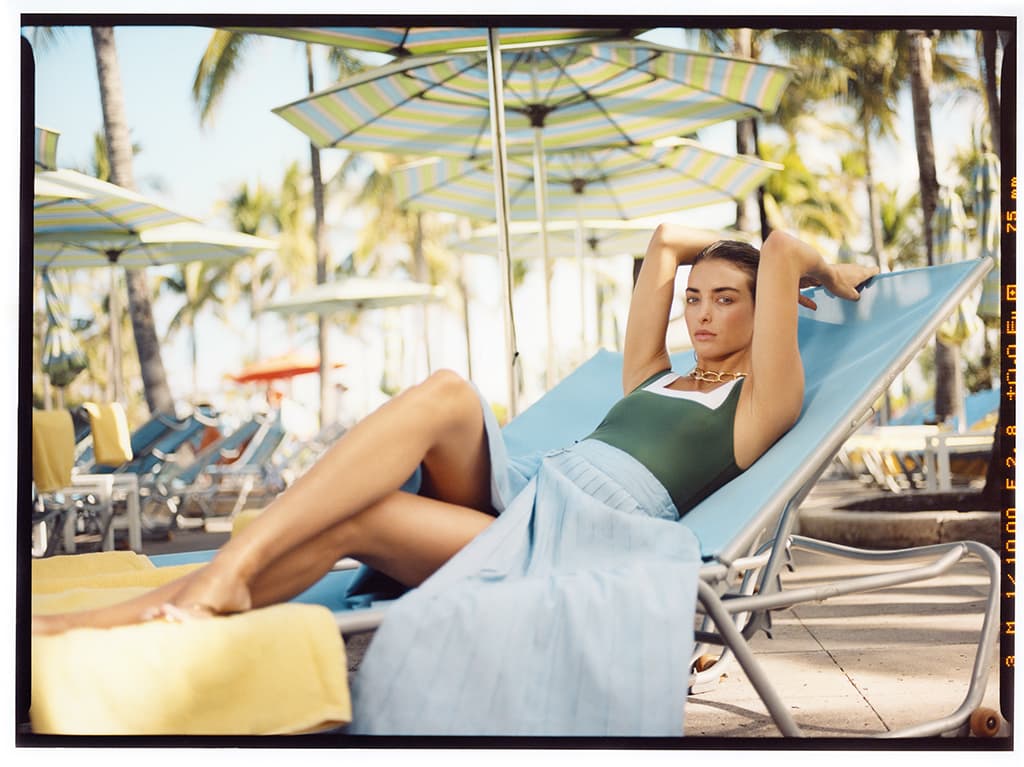
Fernanda Kinder for Harvey Nichols in Nassau, on Kodak Portra and shot with the Pentax 67ll. Below is the marked-up test print with Simon’s printing notes
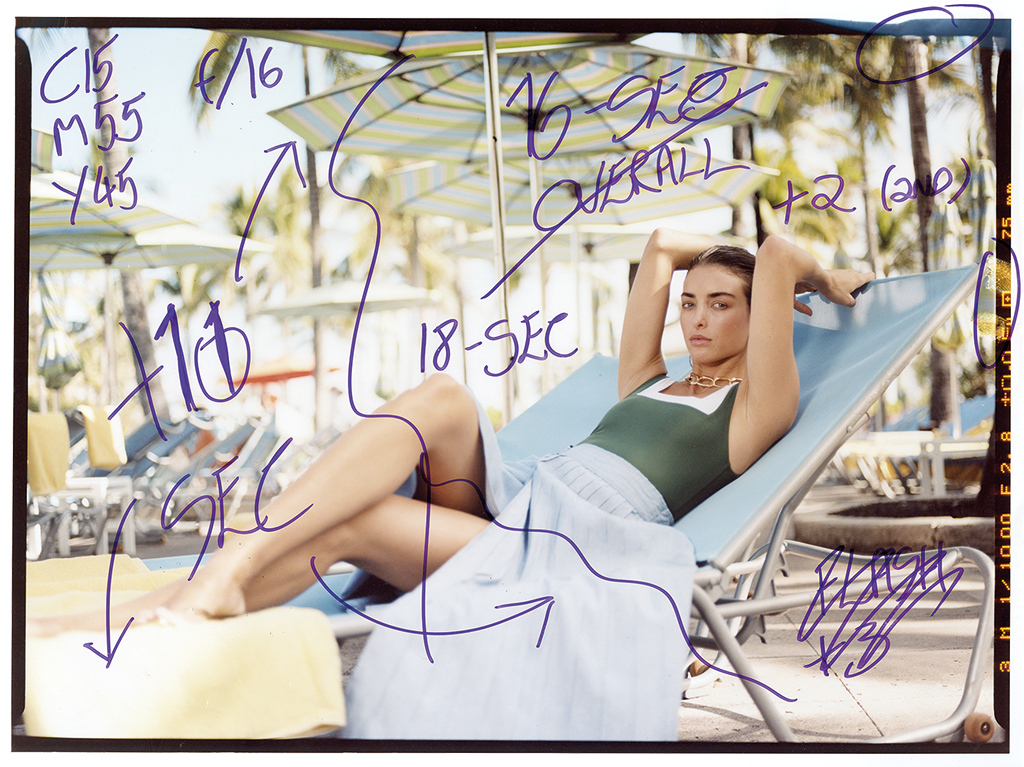
‘I first realised I needed to make a change after I did a week-long job in an amazing location and took the Canon EOS 5D Mark II. When I got back and looked at the pictures they just looked plastic and dull. Nothing I did to them could make them look any better. The client was happy with them, so that was okay, but I wasn’t happy. Trying to change things, I bought a Hasselblad 503 with a PhaseOne P30 digital back.
That back uses a CCD sensor and produces images that look a lot more like film than the CMOS sensor of my Canon EOS. I’d found the process of shooting with a DSLR a little bit dull too, so working with the waist-level finder of the Hasselblad was refreshing. I’m a big fan of anything that changes the way I work because it gives me a fresh perspective and makes me rethink things.
‘When I look down into a waist-level finder I can look up again at the model and down again, and am able to have a conversation with the model at the same time. The camera isn’t between me and the model, and it all feels more natural.
When I press the shutter I’ve already focused and framed, I’m looking up at whoever I’m photographing. With an SLR there’s a barrier between me and the model, and when I’m shooting loads with a digital camera I seem to stop communicating other than for basic instructions.
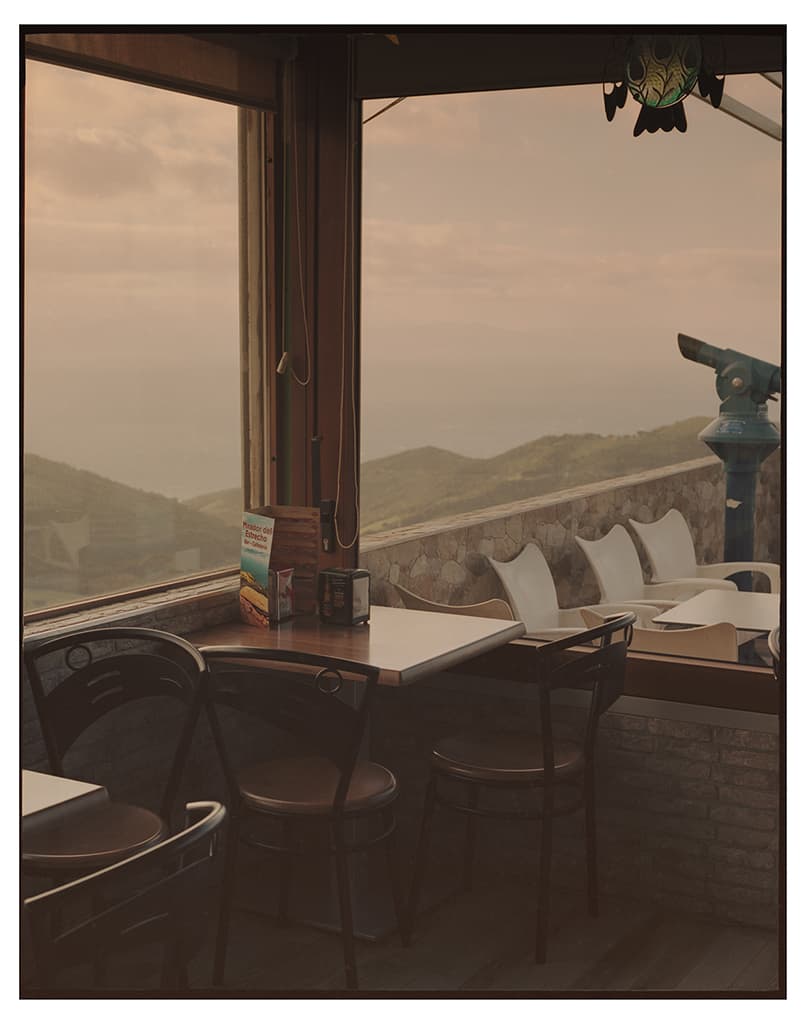
The view from a deserted service station on the way down to Tarifa. Kodak Portra 400 in the Pentax 67ll
I have an all-singing Canon EOS R5 that has amazing AF and stunning detail, but it’s so quiet that the model doesn’t know when I’m taking any pictures. However, when I shoot with the Pentax 67, everyone hears the shutter firing! Models respond to that. The process is so much more engaging with these film cameras, for me and the model. The R5 is great for specific jobs, but when I don’t need to use it, I don’t.’
The film
‘Shooting film is expensive, and every time I hit the shutter I can feel the money emptying from my wallet. I try to keep my costs down though by using an Epson 1000XL scanner to make contact sheets to send to the art director. That way I don’t have to get each image printed. This saves about £10 a roll, and all I have to pay for is the film and processing. Although this is a more costly way to work, the switch to film is beginning to pay off.
‘I used to shoot transparency film for myself as it was cheaper and it didn’t need to be printed, but now I only ever shoot on negative. ‘For colour work I use Kodak Portra 400, which I push to ISO 1600, and for black & white I use Ilford HP5 – also pushed to ISO 1600. ‘The latitude of Kodak Portra allows you to go a bit wrong with the exposure and still get a fantastic result. You can still print successfully from really thin negatives. Also the film allows you to retain lots of sky detail and shadow information without the images looking flat.
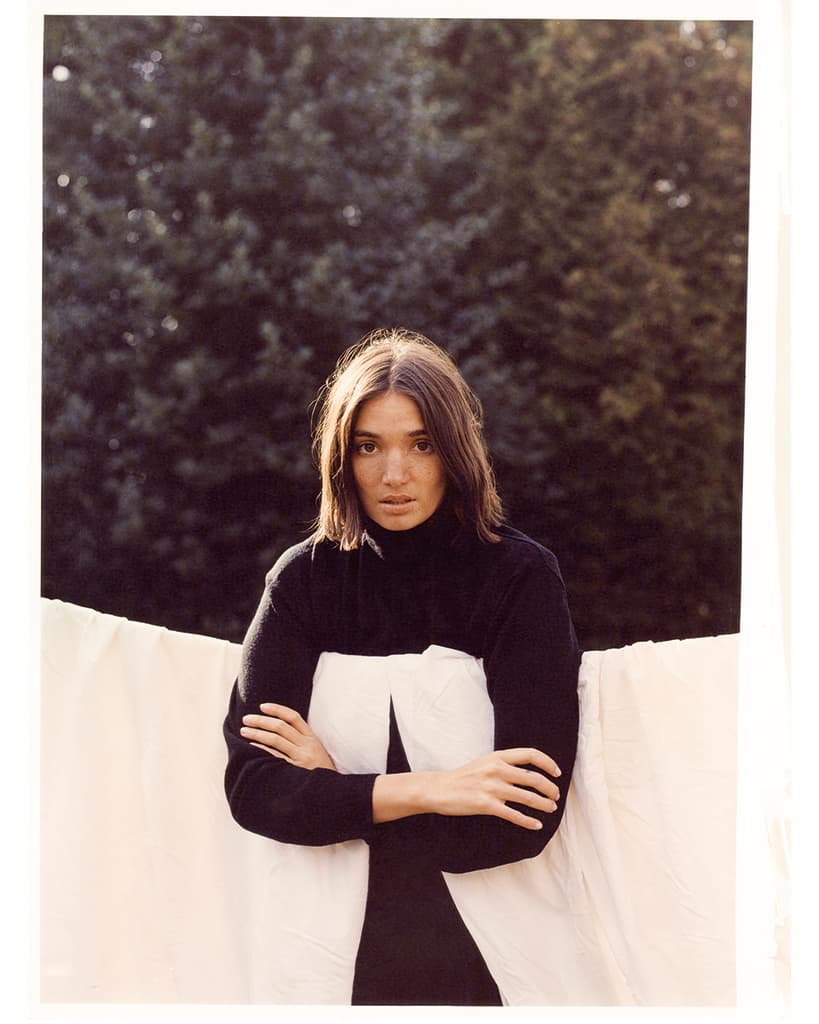
Emory Ault for Schön! magazine, on the Pentax 67ll
There’s plenty of contrast in the mid-tones but the whites and blacks are beautifully moderate. ‘When I’m working in black & white I use Adox Rodinal developer with the HP5, and use a stand-processing method that involves using a really diluted formula and leaving the tank to stand for hours. Expect a lovely grain integrity that works well even when you push an ISO 400 film to ISO 1600, and a unique look that makes black tones and skin really deep. If you print on high-contrast paper, or scan the negative and add contrast via a curve, you end up with something so beautiful. I love it.
‘When I use other black & white developers, or when I send my films to the lab, they just look flat and grey. Ilford HP5 handles this process so well, and when you make a big print it looks glorious. Highlights don’t burn out and skin tones look lovely. It’s worth all the extra pain and effort to get that dramatic feel in the pictures. It makes such a huge difference.
‘I’ve started doing hand printing too now for most of my work. Whenever I scan a negative I feel as if I’m only doing half of a job. There is so much that happens at the printing stage. I love the process so much – it feels complete, and a challenge, like when I was a student. I feel like I’m learning again. It feels much harder. ‘I use Paul at Second-Hand Darkroom Supplies for my darkroom kit. He has this endless Aladdin’s cave of other photographers’ equipment.
I had to have my own darkroom because it’s really hard to get booked into hire-darkrooms at the moment. ‘I generally manage to get a print right after one test strip and two sheets of paper. Sometimes I can get it in one, and sometimes it takes a few prints. Hand printing makes a more complete job. I don’t think I’m great at printing, but plenty of other photographers I know say the same. I’m never quite satisfied, but I still love it.’
Warts n’all
‘My style is quite raw and a bit messy, and full of imperfections. I love imperfections. You might be looking at light leaks or uneven development which I think looks lovely. Not dust though – I never leave dust in the shot. The old lenses I use too are sometimes a bit soft and some vignette in the corners.

Class Of 1995,
for Schön! magazine. Kodak Portra 400
After so long pixel-peeping clinical digital images, it’s fantastically refreshing. I had a light leak on a processing tank that left occasional marks on some negatives which I quite like. I replaced the tank, obviously, but I’ve also used quite a few of the pictures that were affected. I also really love the shapes and quirks of each of the different camera frames. The corners and edges of each camera model have a specific individual character, and I like to leave them in the pictures.’
Kit
‘I have a debate with a good friend of mine about kit. She thinks a camera is a camera and it doesn’t matter what she shoots on. I agree with that, but the change of format can change the way you work the subject’s response to you and the camera. The Mamiya RZ67 is great in the studio but when I’m outside I use the Pentax 67II for the faster top shutter speeds.
I’m just beginning to use a pair of Mamiya 645 AF-Ds as well because they are small, really portable and have decent AF. I had a Contax 645 for a month, but I paid so much for it I was worried about damaging it. It also couldn’t autofocus. I’m worried as the parts for these cameras are finite so things could become difficult in the future should the cameras go wrong. It took eight calls before I found someone to repair my Mamiya 645 (Hitech in Newcastle).’

A selection of Simon’s extensive kit
Simon has rather more gear than we have room to list here, so we agreed to talk about the kit he uses most. For the Mamiya RZ67 he mounts the 110mm lens most, but also makes frequent use of the 90mm and 50mm. His favourite for the Pentax 67II is the 105mm, but the 90mm gets used a lot too. He has a Mamiya 7 II for landscapes, and a Leica M6…‘just because’.
‘Each camera makes me feel very different, and each makes me shoot different work. Some photographers stick to the same camera for years, but I like to try different models as you get something different from each one. In the darkroom I use a De Vere 504 enlarger and the Nova Darkroom slot print processor, while scanning is done on the Epson V850 and the 1000XL.’
Tips for new photographers
‘I went to Bolton to do an art foundation course. The college had the most amazing darkrooms and kit room. I remember taking out a Pentax K1000 and sticking a roll of film through it, developing it and that was it. Since that moment I have been dedicated to photography.
So buy something like a Pentax K1000 with some Ilford HP5, a cheap dev tank and some Rodinol. Then scan or print the negs in a bathroom with some small trays. You can do all this for about £300 and you’ll fall in love with it – like
I did, and so many have. It’s a process beyond compare.’
www.instagram.com/silipman
www.simonlipman.co.uk
Further reading
An introduction to medium format film photography

